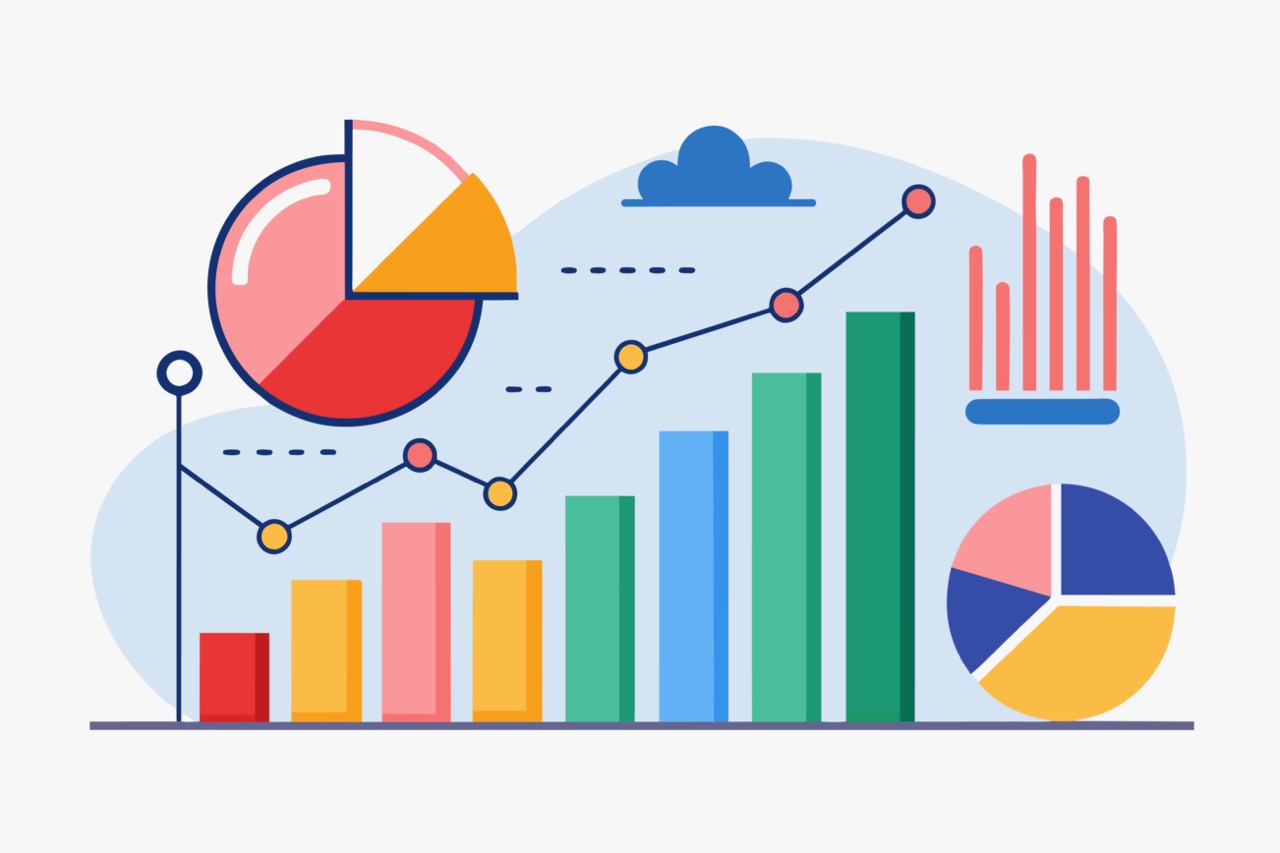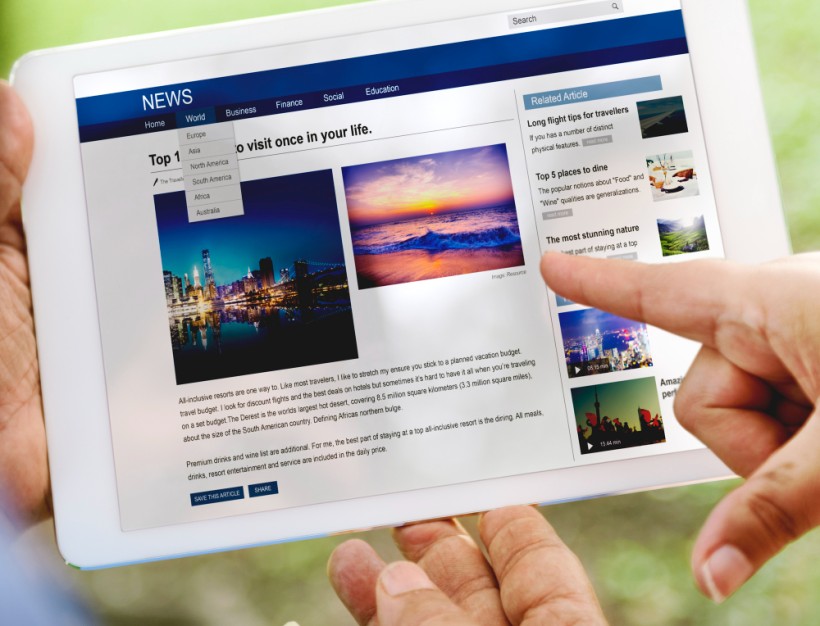Public relations (PR) today isn’t just about coverage—it’s about measurable impact. Whether you’re tracking awareness, perception, or conversion, metrics matter. Below is the most comprehensive list of every PR metric you could possibly track, organized into clear categories.
1. Media coverage metrics
Media coverage shows where and how your brand appears in the media landscape. These metrics help quantify your visibility and message accuracy.
Volume and reach
- Number of media mentions
- Number of unique publications/outlets covered
- Total potential reach (audience size of outlets)
- Share of voice (vs competitors)
- Weighted share of voice (adjusted for sentiment or outlet tier)
- Impressions (potential views/readers)
- Unique readers/viewers/listeners per outlet
- Geographic coverage distribution
Quality and relevance
- Outlet tier (top-tier, trade, regional, niche)
- Journalist/influencer tier or authority score
- Article prominence (headline, subhead, paragraph position)
- Inclusion of visuals, quotes, or product mentions
- Relevance to key messages or target audience
- Placement type (earned, owned, paid, shared, syndicated)
Message accuracy
- Message pull-through rate (frequency of key message mentions)
- Quote inclusion (spokesperson mention count)
- Misquote or misinformation rate
- Brand name spelling accuracy
- Alignment with approved talking points
2. Sentiment and perception metrics
These measure how people feel about your brand and the tone of your coverage.
Sentiment analysis
- Positive, neutral, negative coverage ratio
- Sentiment score (weighted average)
- Change in sentiment over time
- Sentiment breakdown by outlet type (news, blog, social)
Tone and framing
- Favorability index (positive framing vs negative)
- Crisis or controversy frequency
- Emotional tone (anger, trust, joy, fear)
- Context sentiment (brand associated with opportunity vs threat)
3. Digital and online performance metrics
These connect PR to website performance, engagement, and search visibility.
Engagement
- Social shares (LinkedIn, X, Facebook, etc.)
- Comments, likes, reactions
- Engagement rate per post or article
- Virality coefficient (shares per unique viewer)
- Referral traffic from media coverage to owned platforms
Website analytics
- PR-driven sessions (via referral tracking or UTM)
- Page views on press release pages
- Average session duration from PR traffic
- Bounce rate from PR traffic
- Goal completions (newsletter sign-ups, downloads) from PR traffic
- New vs returning visitors from PR-driven sessions
Search visibility
- Branded search volume (before and after campaigns)
- Keyword rank changes tied to PR topics
- Backlink quantity and quality from coverage
- Domain authority improvement over time
- Citation flow and trust flow
4. Social media and influencer metrics
These metrics show how your stories spread through social and influencer networks.
Reach and awareness
- Follower growth during PR campaigns
- Mentions across social channels
- Hashtag usage and reach
- Influencer amplification rate (mentions by tier-1 influencers)
- Earned media value (from influencer posts)
Engagement
- Engagement rate per influencer post
- Sentiment of comments or quote tweets
- Click-throughs from influencer or brand posts
- Share ratio (shares vs views)
5. Event and activation metrics
Events and activations are key PR touchpoints. These metrics cover awareness, participation, and post-event outcomes.
Pre-event
- RSVP numbers or registrations
- Media invitations sent vs accepted
- Pre-event mentions or previews
During event
- Media attendance
- Onsite journalist interactions/interviews
- Social mentions during event timeframe
- Live coverage (broadcast, streaming, stories)
Post-event
- Post-event coverage count
- Quote inclusion from spokespersons or attendees
- Earned impressions from recap articles
- Event sentiment
- Leads or business inquiries generated post-event
6. Crisis and reputation management metrics
When reputation is at stake, speed and sentiment matter. These track how well your team handles crisis communications.
- Time to response or resolution
- Volume of negative coverage before vs after intervention
- Sentiment recovery rate
- Crisis-related search volume trends
- Credibility score of corrective statements
7. Audience and stakeholder perception metrics
These measure awareness, trust, and credibility among target audiences.
Brand reputation
- Brand trust score
- Reputation index (survey or rating-based)
- Net promoter score (NPS) pre/post campaigns
- Brand favorability rating
- Thought leadership association (audience linking brand to expertise)
Awareness
- Unaided brand awareness (survey-based)
- Aided brand awareness
- Awareness lift vs control group
- Message recall rate
8. Business and impact metrics
These show how PR activity translates into measurable business outcomes.
Lead and sales impact
- Leads or conversions attributed to PR coverage
- Sales lift following coverage spikes
- Cost per lead from PR-driven traffic
- Pipeline contribution (PR-sourced opportunities)
- Revenue influenced by earned coverage
- Churn rate improved by favorable coverage
Investor relations
- Analyst mentions or rating shifts
- Stock price volatility after key PR events
- Shareholder engagement (inquiries, votes)
Partnership and recruitment
- Inbound partnership requests post-campaign
- Job applications following visibility bursts
- Talent acquisition cost reduction via employer branding PR
9. Content and campaign performance metrics
These assess how PR content performs across different formats and stages.
Press materials
- Press release views, downloads, and shares
- Journalist pickup rate (coverage per release)
- Average time between release and first pickup
- Pitch email open and response rates
Owned content
- Blog post views tied to PR efforts
- Video views and completion rate
- Engagement on LinkedIn or Medium articles by executives
(See our Owned Media report for more).
Campaign-level
- Cost per media placement
- Earned media value (EMV)
- Return on PR investment (ROI)
- Campaign efficiency (coverage per dollar spent)
- Time-to-coverage ratio
10. Internal and operational metrics
These measure the efficiency and responsiveness of your PR team.
- Response time to journalist inquiries
- Media database accuracy rate
- Story placement ratio (pitches sent vs coverage achieved)
- Journalist satisfaction (survey-based, can be informal)
- Average time spent crafting or approving responses
- Percentage of proactive vs reactive coverage
- Team workload distribution (per account or campaign)
11. Benchmarking and longitudinal metrics
Long-term metrics show trends, efficiency, and performance improvement over time.
- Year-over-year growth in earned coverage
- Sentiment trend over 12 months
- Message penetration rate changes
- Correlation between PR activity and business KPIs
- Competitive benchmark (coverage vs competitors)
- PR efficiency ratio (output/input)
Closing thoughts
No single PR metric tells the full story. The strongest measurement frameworks combine multiple categories—from coverage volume to conversion data—to show real business impact. Choose the metrics that align with your goals, and measure what truly matters.
Column helps businesses get seen where it matters. Learn more about our PR services today.
Mo is the founder and CEO of Column, helping leaders shape public opinion through content and research. Connect with him on LinkedIn.





